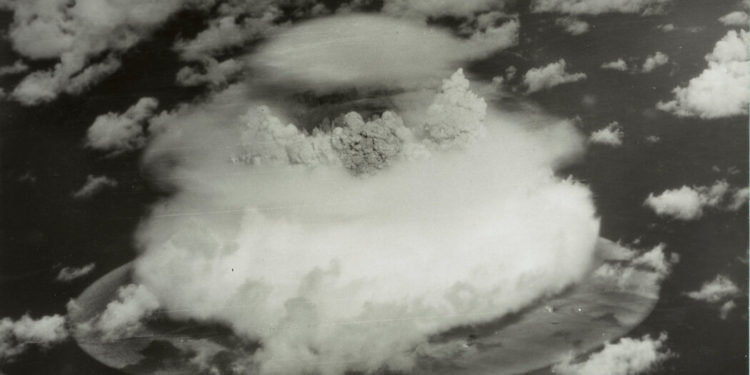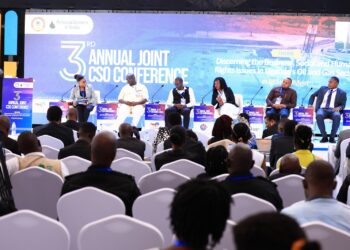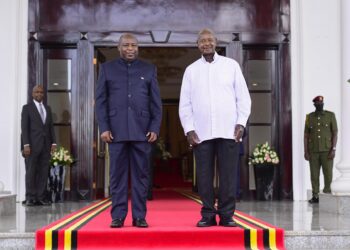By THE NEW YORK TIMES
The Bomb and I go way back. In Seattle, where I grew up in the 1950s and ’60s, it was common wisdom that in the event of nuclear war, we were No. 2 on the target list because Seattle was the home of Boeing, maker of B-52 bombers and Minuteman missiles.
In school we had various drills for various catastrophes, and we had to remember which was which. Earthquake? Run outside. The Bomb? Run inside, to an inner corridor that had no windows. In the summer, my high-school friends and I would disappear for a couple of weeks into the backcountry of the Cascades or the Olympic Mountains. I always wondered whether we would emerge to find the world in ashes.
Once, in Santa Monica in 1971, I thought it was finally happening. I woke up on the floor, having been bounced out of my bed early one February morning. There was a huge roar. Everything was shaking. I crept to my one window and pulled aside the curtain, expecting to see a mushroom cloud rising over the Los Angeles basin. I saw nothing. When the radio came back, I learned there had been a deadly earthquake in the San Fernando Valley.
I was sent on this trip down memory lane by the announcement on Jan. 23 from the Bulletin of the Atomic Scientists that it had decided not to change the setting of the Doomsday Clock, a metaphorical timepiece invented in 1947 as a way to dramatize the threat of nuclear Armageddon. The clock was originally designed with a 15-minute range, counting down to midnight — the stroke of doom — and the Bulletin’s members move it from time to time in response to current events, which now include threats like climate change and pandemics.
In a burst of optimism in 1991, after the Soviet Union broke up and the first Strategic Arms Reduction Treaty was signed, the clock was turned way back to 17 minutes to midnight. “The Cold War is over,” the Bulletin’s editors wrote. “The 40-year-long East-West nuclear arms race has ended.”
A year ago, after Russia invaded Ukraine and brandished the threat of using nuclear weapons, the clock was set to 90 seconds to midnight, the closest it has yet come to The End. The threat of nuclear weapons in Ukraine has diminished since then, but the clock remains poised at 90 seconds before zero.
This year’s announcement came on the same day that “Oppenheimer,” Christopher Nolan’s biopic of the man who directed the invention of the Bomb, received 13 Oscar nominations. In an interview before the film’s release, Mr. Nolan described J. Robert Oppenheimer as the most important human in history because his invention had either made war impossible or doomed us to annihilation.







Discussion about this post